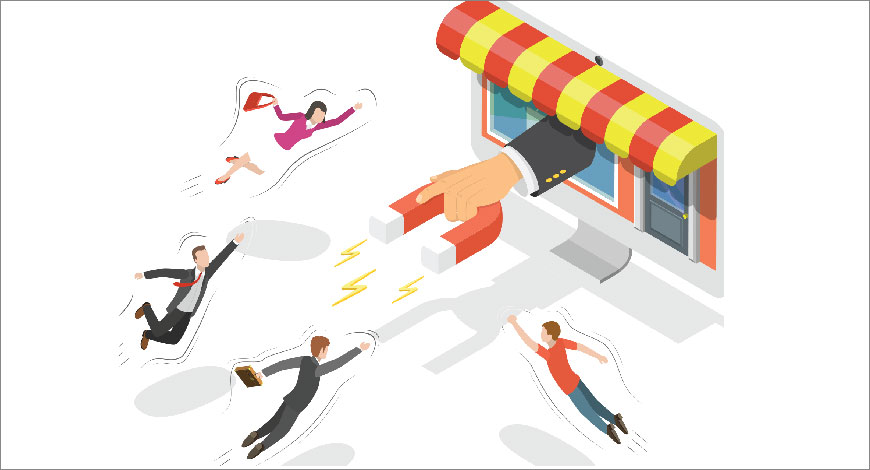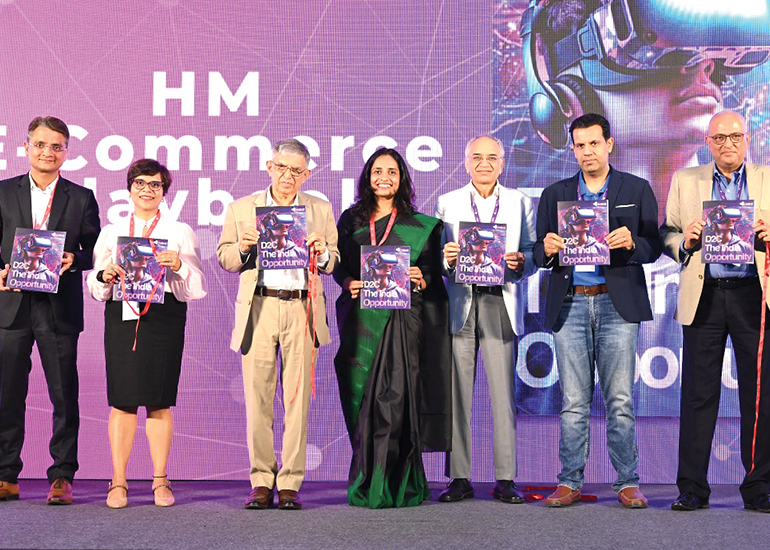 The presentations made in the board room are always rightly worded. To turn ‘available yet disinterested prospects’ into ‘acceptor enthusiasts’ or better still ‘evangelical advocates’ has been enshrined as a consecrated objective. Yet, it doesn’t quite translate from lip service to onground action. Where attempted, too many conceptual errors or last mile execution fractures lead to a break down. The time has come for Indian marketers to tackle the customer loyalty challenge head-on. The market has become Darwinian. Without customers there is no business.
The presentations made in the board room are always rightly worded. To turn ‘available yet disinterested prospects’ into ‘acceptor enthusiasts’ or better still ‘evangelical advocates’ has been enshrined as a consecrated objective. Yet, it doesn’t quite translate from lip service to onground action. Where attempted, too many conceptual errors or last mile execution fractures lead to a break down. The time has come for Indian marketers to tackle the customer loyalty challenge head-on. The market has become Darwinian. Without customers there is no business.Since all customers were, at some point in time, unconcerned and brand-agnostic, how did this journey from ignorance to awareness, evoked need, purchase, satisfaction, delight and eventually evangelism happen?
I note four crucial stages that can be mapped in the loyalty journey:
1. Reaching ‘available’ prospects
2. Pulling them in with ‘total’ communication
3. Turning the ‘acceptors’ into ‘shoppers’ and ensuring conversion to ‘brand owners’
4. Delighting owners into advocacy and making them part of a community
Marketing has full suite involvement at each of these stages. The essential part of the functional deployment includes, but is not limited to:
• Market research, listening and insights
• Concept development
• Awareness built via advertising and effective media planning
• PR and Influencer management
• Activations and Shopper Marketing Loyalty is relatively the most underdeveloped field of routine marketing, especially in terms of rising above the ‘offer’ inducements. Loyalty is no longer about building followership via discounting. It is not about interested commerciality or being tethered to a proposition. Instead, loyalty is about all the extras. The extra preference, extra spend, extra privileges, extra reward. These in lump sum make the ordinary relationship, ‘extra-ordinary’.
Loyalty is an evolutionary process and has various grades. The highest stage is lifestyle adoption and active membership of community, in terms of brand lore and ‘purity’. Next after that is prideful association and repeat buying. The intermediate level is of the enthusiast who listens to and engages with the brand via a two-way dialogue. The lowest is the ‘herd’ loyalist or the ‘kidnapped customer’ for whom price sensibility, extra goodies, and finite time incentives tilt the decision in his favour.
The escalating grades of loyalty benefits brand and business in the following ways:
• Conscious commitment and repeat purchase
• Ability to gain data and hence actionably ‘mass-customize’
• Gain high value, concrete references
• Insights to specific trends
• Expanded relationship and openness on the part of customers when new products and services are introduced
• Repeat and ritually coded engagement
• Price protection
• Bastion against competitive attack It is the weighty responsibility of the largest brands and companies to lead this agenda. However, as one can see today, this is not the case. In fact, innovators seem to be doing more. The smaller players seem to try harder. The leaders need to wake up and take charge. Old world brand power in an oligopolistic framework and will rapidly diminish. Navigating the ever more complex business landscape with international competition, intensified regulation, and tapering growth must preoccupy business minds.
One has to break the mold and fashion a new method of loyalty-driven stabilization and growth. Wizardry and flash growth is no longer possible. Loyalty will demand product quality, rationalization of resources, and prudent investment in R&D and skill development.
In a world where business life spans are shrinking, where growth plateaus lead to oblivion and where markets demand being on a 24/7 treadmill, loyalty is truly the big deal. It is an area where new, visionary objectives are sorely needed to guide the marketing strategies of the very uncertain future.
(Shubhranshu Singh is a marketer who writes regularly on brands and brand-building)























